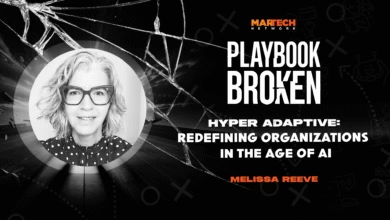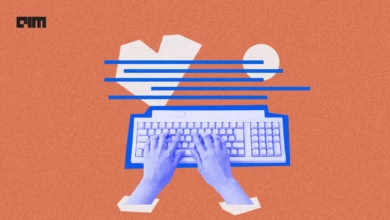AI Threatens Entry-Level Cybersecurity Jobs: What’s Next?

▼ Summary
– AI is being used by CISOs to improve threat detection, response times, and incident response capabilities, automating tasks like report drafting and alert generation.
– AI allows human professionals to focus on complex problems and strategy by handling repetitive tasks, while also transforming security team operations through real-time data analysis.
– Cybersecurity analysts now supervise AI systems, checking decision quality and fine-tuning rules, requiring technical skills and critical thinking rather than manual alert reviews.
– AI has limitations, including false alerts due to incomplete data or biases, and over-reliance on automation can create blind spots in security defenses.
– AI supports but does not replace human professionals, as it lacks critical thinking and context understanding, requiring human oversight for effective cybersecurity.
The cybersecurity landscape is undergoing a dramatic shift as artificial intelligence reshapes traditional roles, particularly for entry-level professionals. While AI enhances threat detection and response, its growing capabilities raise questions about the future of human analysts in the field.
What’s Changing in Cybersecurity Roles
Tasks once handled by junior analysts, such as generating reports, monitoring alerts, and creating management presentations, are increasingly automated. AI-driven tools now process vast amounts of data in real time, identifying anomalies and even triggering automated defenses without human intervention. Platforms like SIEM, EDR, and NTA leverage machine learning to detect emerging threats faster than manual methods, allowing organizations to scale security operations without expanding headcount.
This shift doesn’t eliminate jobs but redefines them. Instead of sifting through endless alerts, analysts now oversee AI systems, validating decisions, refining detection rules, and leading strategic responses. The new role demands deeper technical expertise, critical thinking, and the ability to interpret AI-generated insights.
The Trust Gap in AI Autonomy
Despite AI’s efficiency, skepticism remains. Only 29% of cybersecurity teams fully trust AI to operate independently, with a mere 10% of analysts sharing that confidence. Executives are slightly more optimistic, yet just 38% endorse fully autonomous AI defenses. The hesitation stems from AI’s limitations, while it excels at pattern recognition, it lacks human intuition and contextual understanding.
Risks of Over-Reliance on AI
Blind trust in automation can backfire. AI hallucinations, false positives or misinterpreted threats, can flood teams with unnecessary alerts or, worse, miss real dangers. Additionally, biased or incomplete training data skews AI outputs, creating security gaps. Overdependence on automation may also breed complacency, allowing overlooked vulnerabilities to escalate into major breaches.
As Etay Maor, Chief Security Strategist at Cato Networks, warns, unchecked AI autonomy risks undermining security protocols. “An overconfident AI might execute unauthorized actions due to manipulated inputs, compromising organizational integrity.”
The Human Edge in AI-Driven Security
AI isn’t replacing humans, it’s augmenting them. Cybersecurity professionals who master AI tools will thrive, using automation to enhance threat hunting, incident response, and data analysis. However, human judgment remains irreplaceable for interpreting nuanced threats and making strategic decisions.
Aaron Roberts, Director at Perspective Intelligence, emphasizes this balance: “AI cuts through noise, but human expertise validates its findings and assesses real-world impact.”
The Future of Cybersecurity Jobs
While AI streamlines repetitive tasks, entry-level roles are evolving, not disappearing. The next generation of analysts must adapt, developing skills in AI management, threat intelligence, and proactive defense strategies. For those willing to learn, AI presents an opportunity to focus on high-value work, ensuring security teams stay ahead in an increasingly automated world.
The key takeaway? AI is a powerful ally, but human oversight remains essential. Organizations that blend automation with expert judgment will build the most resilient defenses.
(Source: HELPNETSECURITY)






